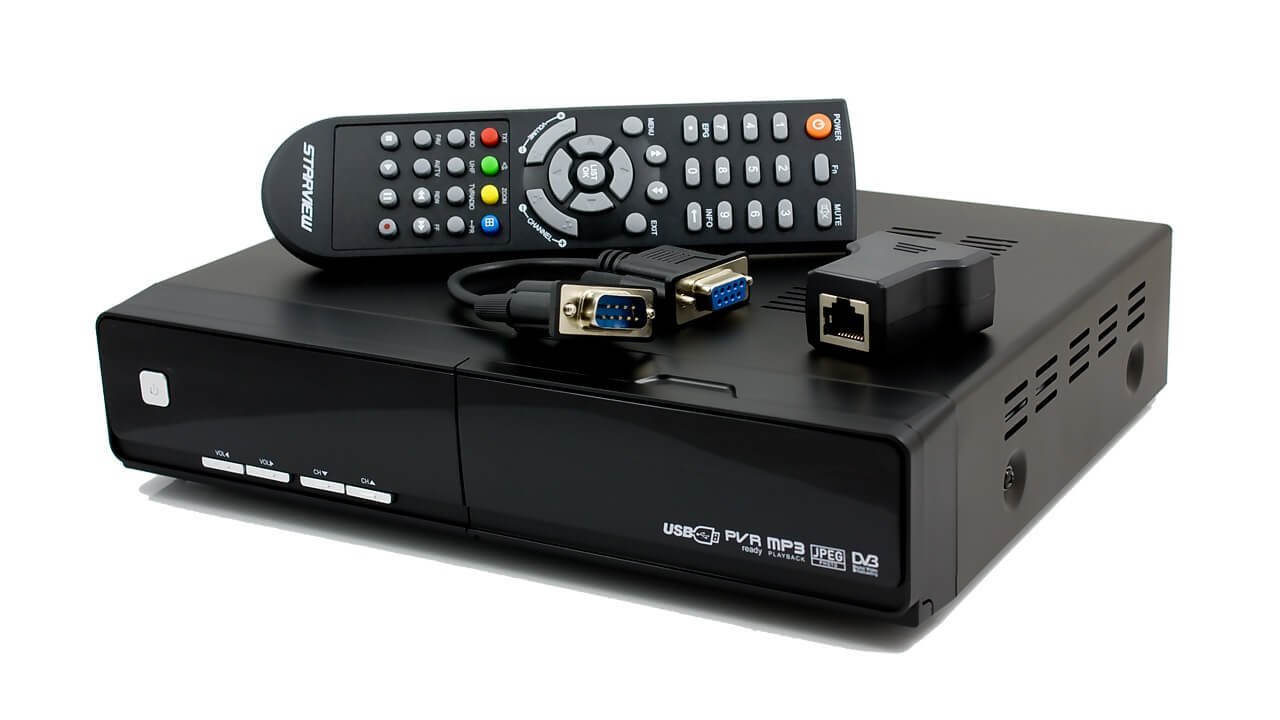In today’s digital age, accessing television content has evolved beyond traditional cable and satellite methods. One of the pivotal devices facilitating this transition is the STB приемник (Set-Top Box receiver). This article delves into the intricacies of STB приемники, exploring their types, functionalities, setup processes, and considerations for users in Karachi, Pakistan, and beyond.
What is an STB приемник?
An STB приемник is a device that connects to a television set and an external signal source, such as a cable, satellite, or internet connection. Its primary function is to receive, decode, and convert the incoming signal into a format that the television can display. This enables users to access a variety of content, including live TV, on-demand shows, and streaming services.
Types of STB приемники
1. DVB-C (Cable) STB приемники
These receivers are designed to decode digital cable television signals. They support various modulation schemes like 64QAM, 128QAM, and 256QAM, ensuring efficient data transmission over coaxial cables. Users can enjoy high-definition channels and interactive services provided by cable operators.
2. DVB-T2 (Terrestrial) STB приемники
Ideal for receiving over-the-air digital broadcasts, DVB-T2 receivers are prevalent in regions where terrestrial television is still in use. They offer improved signal quality and more channels compared to their predecessors.
3. IPTV STB приемники
With the rise of internet-based television, IPTV receivers have become increasingly popular. These devices connect to the internet via Ethernet or Wi-Fi and stream content directly to the television. They support high-definition and 4K resolutions, providing a superior viewing experience.
4. Hybrid STB приемники
Combining the functionalities of DVB and IPTV receivers, hybrid STBs offer versatility by supporting both traditional broadcast signals and internet streaming. This flexibility allows users to access a broader range of content sources.
Key Features to Consider
When selecting an STB приемник, it’s essential to evaluate the following features:
- Resolution Support: Ensure the device supports the desired resolution, such as HD, Full HD, or 4K.
- Connectivity Options: Check for HDMI, USB, Ethernet, and Wi-Fi ports to facilitate various connections.
- User Interface: A user-friendly interface enhances the viewing experience, making navigation and content selection more accessible.
- Operating System: Some STBs run on Linux, while others use Android or proprietary systems, affecting app availability and customization options.
- Content Protection: Features like Conditional Access Systems (CAS) ensure secure delivery of subscription-based content.
Setting Up Your STB приемник
Step 1: Physical Connections
- Power Supply: Connect the power adapter to the STB and plug it into a power outlet.
- Signal Source: Attach the coaxial cable (for DVB-C) or Ethernet cable (for IPTV) to the respective ports on the STB.
- TV Connection: Use an HDMI cable to link the STB to your television.
Step 2: Initial Configuration
- Power On: Turn on both the STB and the television.
- Input Selection: Using the TV remote, select the HDMI input corresponding to the connected STB.
- Language and Region Settings: Follow the on-screen prompts to set your preferred language and region.
Step 3: Channel Scanning
- Auto Scan: Navigate to the settings menu and initiate an automatic channel scan.
- Manual Scan: If necessary, manually enter frequency parameters provided by your service provider.
Step 4: Network Configuration (For IPTV)
- Wired Connection: For Ethernet connections, ensure the STB is connected to the router.
- Wireless Connection: Access the Wi-Fi settings on the STB and select your network.
- Authentication: Enter the required credentials, such as a username and password, provided by your IPTV service provider.
Step 5: Software Updates
- Firmware Update: Check for any available firmware updates to ensure optimal performance and security.
- App Installation: Install any necessary applications or plugins to access additional content or features.
Troubleshooting Common Issues
- No Signal: Verify all physical connections and ensure the correct input is selected on the TV.
- Poor Picture Quality: Check the resolution settings on both the STB and the TV.
- Audio Issues: Ensure the audio output settings are correctly configured and that the TV volume is adequate.
- Network Problems: Test the internet connection and restart the STB if necessary.
Conclusion
The STB приемник is a versatile device that bridges the gap between traditional television broadcasts and modern internet-based content delivery. By understanding the different types, features, and setup processes, users can enhance their viewing experience and access a wide array of entertainment options.
Frequently Asked Questions (FAQs)
1. What is the difference between DVB-C and IPTV STB приемники?
DVB-C receivers decode cable television signals, while IPTV receivers stream content over the internet. IPTV STBs offer more flexibility and access to on-demand content.
2. Can I use an STB приемник with any television?
Most modern televisions are compatible with STBs, provided they have the necessary input ports, such as HDMI.
3. Do I need an internet connection for an STB приемник?
An internet connection is essential for IPTV receivers but not for DVB-C or DVB-T2 receivers.
4. How often should I update my STB’s firmware?
It’s advisable to check for firmware updates periodically to ensure optimal performance and security.
5. Can I record shows using an STB приемник?
Many STBs support PVR (Personal Video Recorder) functionality, allowing users to record live TV.
